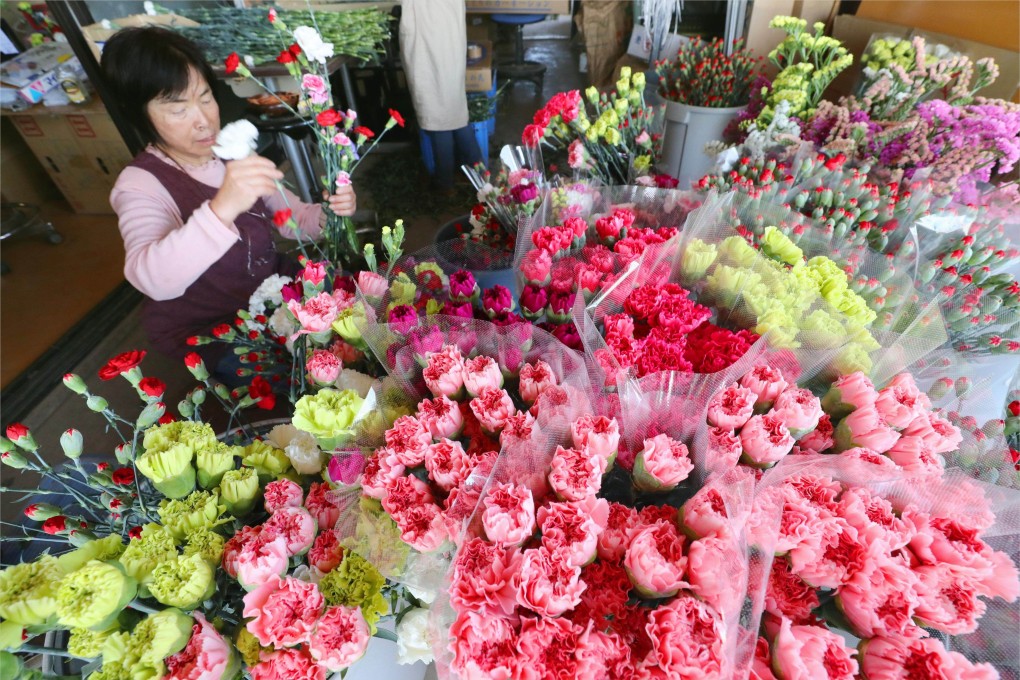Language Matters | How carnations, the traditional Mother’s Day flower, got their name and what they have do to with gouged-out eyes
- The carnation’s genus name, Dianthus, references the macabre Graeco-Roman legend, involving a goddess gouging out a shepherd’s eyes
- Some have postulated that the name ‘carnation’ derives from the Latin carnem, ‘flesh’, while others say it could be from a misreading of the Arabic ‘qaranful’

You may, on Mother’s Day, be indulging in a bouquet of flowers – perhaps the traditional choice of carnations. A herbaceous perennial flowering plant native to southern Europe, the carnation’s cultivated forms have since ancient times been appreciated for their variously coloured, often fringe-petalled, clove-scented flowers.
Its genus name Dianthus is composed of the Greek Dios, meaning “of Zeus”, the supreme god of the ancient Greeks, and anthos “flower” – thus “flower of the gods”. (The name references the macabre Graeco-Roman legend, involving the goddess Artemis/Diana gouging out a shepherd’s eyes, which transformed into carnations.)
The name “carnation” has a less obvious origin.
Some have postulated that this derives from the Latin carnem, “flesh”, referring to the hue of one’s flesh – but this comprises another meaning of the word “carnation”.
Another postulation is that it is perhaps based on a misreading of the Arabic qaranful “clove or clove pink”, from the Greek karyophyllon, from karyon “nut” and phyllon “leaf”, referring to clove.

